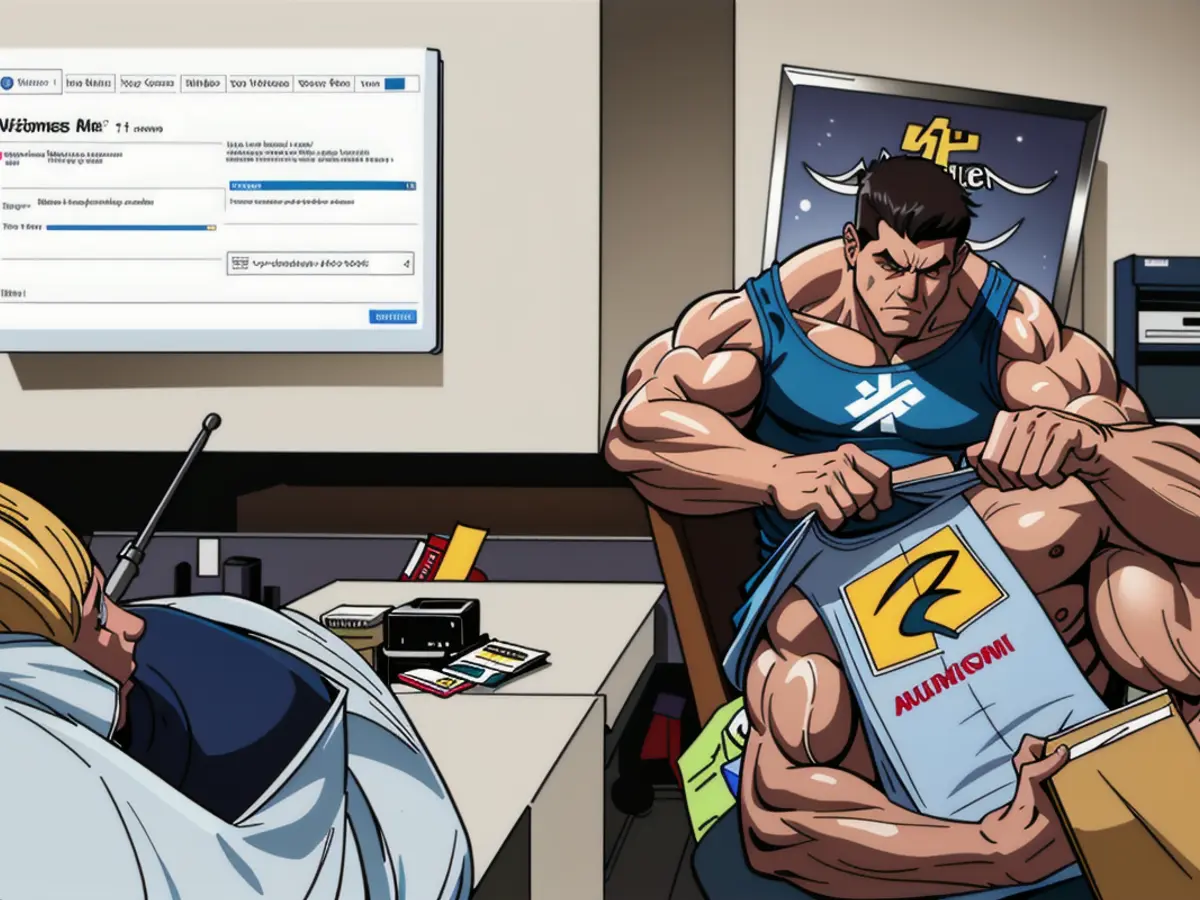Nvidia introduces an AI-driven platform aimed at simplifying the process of mastering sign language.
On a thrilling Thursday, tech giant Nvidia unveiled an innovative language learning platform utilizing artificial intelligence, titled "Signs." This groundbreaking initiative, developed in partnership with the American Society for Deaf Children and creative agency Hello Monday, is geared towards aiding American Sign Language (ASL) learners.
The platform brings ASL to life with a 3-D avatar, demonstrating signs while also offering real-time feedback to users as they practice the movements. At its inception, Signs showcases 100 distinct signs, with aspirations to expand its vocabulary up to a staggering 1,000 signs.
The debut of Signs is yet another testament to the remarkable ways in which AI is pushing the boundaries of assistive technologies. Notable players like Meta, Google, and OpenAI have harnessed AI to enhance features for visually impaired or low-vision users, while Apple introduced AI-powered eye tracking to improve navigation for physically disabled individuals. These advancements have proven to be life-changing for those living with disabilities, simplifying everyday tasks and opening new doors for professional possibilities.
ASL is the third most commonly used language in the United States, according to the organizations championing Signs.
The launch of Signs also marks a significant step in Nvidia's goal of diversifying its product portfolio beyond just providing hardware for AI. With Nvidia providing the processors powering AI technology for many companies and its own AI models and software platforms, its stock has soared more than 100% in the last year.
Nvidia's commitment to using AI for practical applications is highlighted by Michael Boone, Nvidia's Trustworthy AI Product Manager. Boone emphasized that Nvidia intends to create accessible technology that can impact a broader audience rather than limiting it to a select few.
As a compassionate gesture, Signs is entirely free to use. It invites ASL speakers to contribute their own sign videos, enriching the platform's offerings and potentially laying the groundwork for future advances. This user-generated data could later be utilized to improve sign recognition in video conferencing software or even gesture control in automobiles. Nvidia also announced its intention to open up this database to the public for use by other developers.
Looking ahead, the Signs team is researching ways to incorporate non-manual signals, including facial expressions and head movements, as well as regional variations of ASL, into the platform. This pledge to enhance ASL comprehension has received praise from Cheri Dowling, Executive Director of the American Society for Deaf Children, who noted, "Giving family members accessible tools to start learning ASL early allows them to open a critical communication channel with deaf children as young as six to eight months old."
In summary, AI is proving to be a transformative force in the realm of assistive technologies, and companies like Nvidia are trailblazing the way in ASL learning platforms to make communication more inclusive and accessible for those who rely on ASL to communicate.
- Nvidia's new tool, Signs, utilizes OpenAI's technology to provide real-time feedback to users practicing ASL signs, demonstrating the tech giant's commitment to using AI for practical applications and making technology more accessible.
- In the business world of tech, companies like Meta, Google, and OpenAI have seen significant success in enhancing features for visually impaired or low-vision users, showcasing how AI is pushing the boundaries of assistive technologies for the disabled community.
- Cheri Dowling, Executive Director of the American Society for Deaf Children, praised Nvidia's initiative, stating that making ASL learning tools like Signs freely available can potentially open a critical communication channel between deaf children and their family at a young age.








